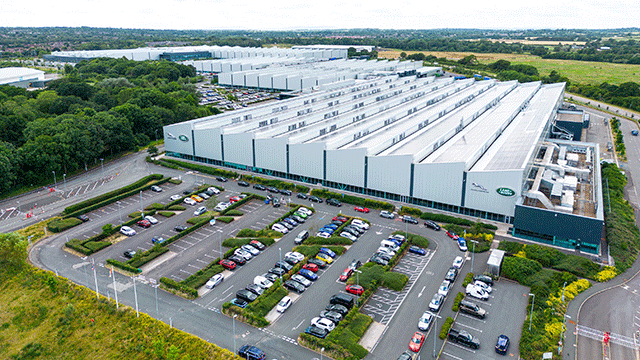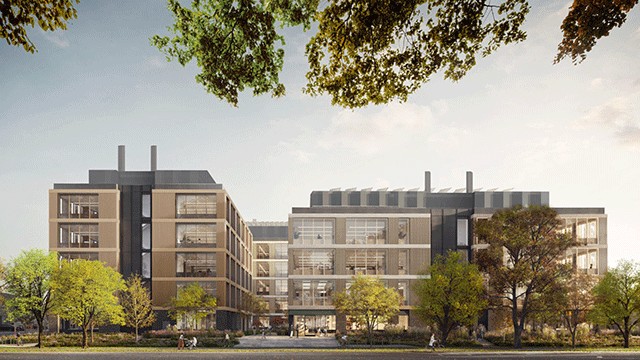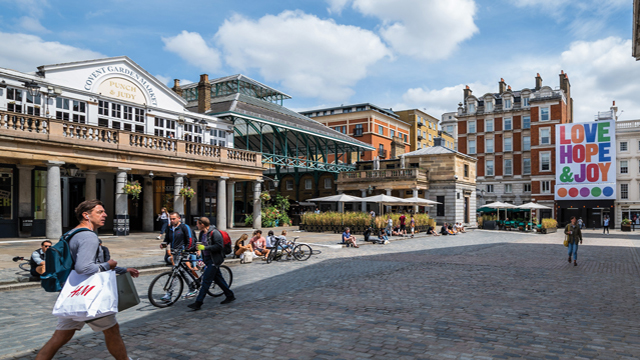Central London is now a world city – and nothing proves it like its housing market.
An apartment still two years off completion at developer-brothers Candy & Candy’s One Hyde Park has allegedly sold for £85m, which translates to around £4,500 per sq ft – the most expensive residential unit in London.
No one was surprised when the buyer was revealed to be a Qatari politician.
It was just the latest example of high-profile, high-cost foreign ownership in central London.
“About 50% of homes costing £2m or more are bought by foreigners,” says Liam Bailey, residential research head at Knight Frank.
“The common factors are a central location, high security, contemporary interiors and an internationally recognisable address.
A London property is now a ‘must-have’ investment just as gold used to be or, indeed, as an apartment in Manhattan used to be.”
He says the profile of central London’s property market mirrors a changing world.
“Numbers of high net worth individuals are rising more in North America than Europe for the first time since 2001, while Singapore, South Africa, Hong Kong, India and Australia have seen the highest growth in HNWI numbers,” claims Bailey, who has plotted a ‘map’ (below) showing favoured foreign buying areas.
London’s ascendancy to most coveted location – be it for a trophy property or a solid investment – is the main driver of the past year’s 20%-plus price rises seen from Kensington and Holland Park in the west, through Bloomsbury north of Hyde Park, past Mayfair and Knightsbridge, and down to Belgravia and Chelsea in the south.
Almost every agent produces slightly different figures but an identical trend – the more expensive the properties and the more exclusive the locations, the greater the role occupied by foreign buyers.
They accounted for 44% of deals in prime central London in 2006 compared with 20% in 2004, according to Savills. In Q1 2007 the trend increased further – exactly half of its prime central London transactions at all price levels involved foreign buyers, mainly from the Middle East and Europe, including former Communist countries.
Not trophy hunters
“International buyers, particularly Russians, have the ability to afford the very best,” says Ed Lewis, Savills’ head of residential development in London.
But he insists different nationalities tend to want different types of property. “Buyers from Hong Kong, Ireland and India, for example, are looking for the attractive overall investment return that the London market offers and are not just trophy hunters,” he says.
“Foreign purchasers now account for 23% of all acquisitions of property priced at over £4m in prime central London,” says Guy Weston, senior associate in the residential research division at King Sturge.
Because foreign HNWIs operate to different rules from “normal” buyers, agents are having to learn new tricks, too.
Foreign buyers do not have a home to sell in London so they add to demand without increasing supply.
“We had a buyer from Eastern Europe who had 24 hours to view, choose and exchange.
“We did it, including fulfilling the money laundering checks,” says one central London estate agent who did not want to be named.
Winkworth, the franchise-agency with 60 London offices, has sent key staff to Singapore, Dubai, the US and (three times) to Shanghai in the past year to meet would-be buyers.
Other agents employ specialists to cater for different sectors – Knight Frank started the trend in 2001 with an Indian specialist.
Even the annual buying calendar is different. Summer may see a drop in the number of domestic buyers but foreign purchasers hit London in droves – the city is a cool alternative to their Baltic, Middle Eastern or Asian homes.
And when the HNWI Brits return in the autumn, where will they buy?
“If Britons want a substantial house in the capital they’ll probably find themselves relegated to south London – Battersea, Wandsworth or Clapham,” suggests Robert Bailey, who runs one of the capital’s most exclusive buying agencies.
“These are lovely houses, of course. But they’re a little further away from the action. That’s happening in central London – and that’s where you’ll find the rest of the world.”










